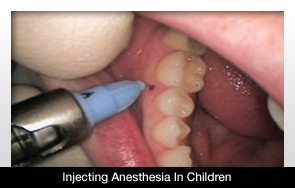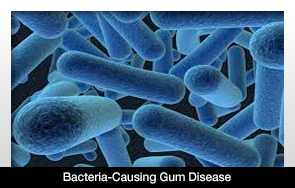 |
Injecting children with anesthesia may have some unintended effects.
Researchers from Tufts University School of Dental Medicine determined that injecting children ages 2 through 6 with anesthesia may result in missing lower wisdom teeth.
The results from the study appear in the April issue of The Journal of the American Dental Association. The study indicates that when some young children are exposed to anesthesia, the development of the lower wisdom tooth may be hindered.
This is the first study of its kind for humans.
People often encounter problems with wisdom teeth because they don’t develop until long after birth. The wisdom teeth start growing in the back four corners of the mouth when a person is between 2 and 6 and don’t emerge until the late teens or even later. The teeth are often impacted or create some other issues.
Nine out of 10 people will have at least one impacted wisdom tooth, according to the American Association of Oral and Maxillofacial Surgeons.
To compile the data, the research team pinpointed records of patients that were treated by the Tufts pediatric dental clinic any time from age 2 through 6 and also had a dental x-ray taken three years or longer after the initial treatment. After eliminating some records, a total of 220 patients were studied with 439 possible sites that were designated as areas in which wisdom teeth could erupt.
The control group comprised 376 sites and included patients who hadn’t received any anesthesia on the lower jaw. The second group possessed 63 sites and included patients that had received anesthesia.
In the control group, it was determined that 1.9 percent of the sites had no x-ray evidence of wisdom tooth buds. Conversely, 7.9 percent of the other group didn’t have tooth buds. As a result, the comparison group was more than four times more likely to have missing tooth buds when compared to the control group.
This research indicates that it may be possible to prohibit third molar growth.









